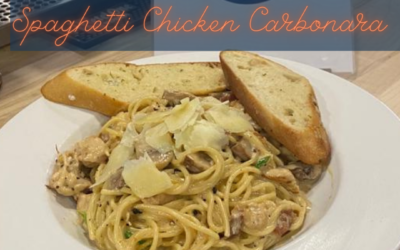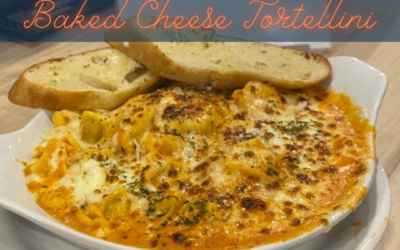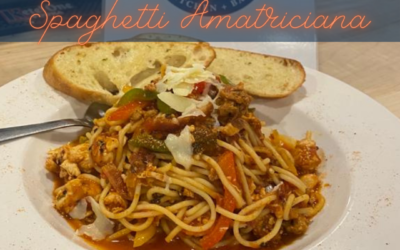The Quebecois culinary jewel is a point of pride to Canadians and with that, a mainstay in most food establishments. Certainly with regard to just about every pub and diner, at least.
Its hosts 3 main ingredients (fries, gravy and cheese curd) for the basic variety and those who love it, have eaten enough to know the dish inside and out. From this familiarity, many people take to creating their own versions at home.
There’s got to be more to it though, right? It’s too simple, too popular and too delicious to be stricken with a cute, mundane footnote of culinary invention and nomenclature.
Right?
Right!
Before we drill into the dish itself, let’s tease the appetite with a helping of history.
Of the accepted facts, we have that Poutine is a Canadian dish created in Quebec. Also, the dish itself was considered “diner-slop” and mostly a guilty pleasure at best. The name “Poutine” sort of means “mess” and thus, could imply the dish’s standing in the food hierarchy as such…but more on that later.
It’s true though, Poutine had to win over the foodies in Quebec before winning over a reluctant Canadian population and eventually a cynical rest-of-the-world–whose initial mockery and nose-turning is seen as a cautionary tale to food snobs everywhere.
Poutine, though, endured and won over the whole damned planet.
Beyond the humble beginnings and its provincial origins, the rest of Poutine’s history is more or less…disputed.
The earliest claim to the dish lies in Warwick, Quebec in 1957 at Le Café Ideal wherein the dish was gradually formulated over a few years starting with dumping cheese curds on French-fry orders. The specific account claims that owner, Fernand Lachance, said that “ça va faire une maudite poutine!” which translates to “it will make a damn mess”
Years later, gravy was added to the popularized combination.
It’s impossible to verify the exactitude of utterances from a café from over 60 years ago but if Poutine was not invented at Le Café Ideal, they were certainly early to the party or perhaps may have inspired the official product.
The second claim comes from Le Roy Jucep in Drummondville, Quebec in 1958. There, the fries and gravy order would have the available side of cheese curds added to it by clever customers. Later, rather than continuing to mechanically call the order “cheese with fries and gravy”, owner Jean-Paul Roy is said to have come up with naming the dish “Poutine” after a cook under his employ nicknamed “Ti-Pout” which is similar to mean “pudding”.
It’s also worth noting that Le Roy Jucep commands the certifications that Jean-Paul Roy held toward the intellectual property behind the dish.
The third claim comes a fair bit later in 1966 at La Petit Vache in Princeville, Quebec. The restaurant had partnered with a local dairy farm that needed a creative outlet to unload cheese product, including curds. When customers would ordering cheese curds to go with the fries, gravy was not far behind the application, but the name was “Mixte” and is said to only have adopted the “Poutine” name after it had become more widely accepted.
An interesting story when one considers if the brand power behind the name “Mixte” would’ve taken off stronger than “Poutine”…
So is there a final, accepted story behind the invention of Poutine? No. The origin of the name itself seems to be in dispute but then, that’s what helps make Poutine so interesting. A similar comparison can be made to the Club Sandwich. Sure it was invented in New York but whose club was it? The Union Club or the Sarasota Club? (No, it’s not an acronym for “Chicken, Lettuce Under Bacon”)
Indeed, the tumultuous journey Poutine has taken to earn a spot in the hearts, stomachs and arteries of casual diners and foodies alike ought to have an equally rocky story as to how it came to be.
And now for the dish itself. For such a simple dish, there are nuances, rules and techniques that elevate it beyond its list of ingredients.
Cheese Curd: Let’s get this out of the way, right away. Shredded cheese, while a welcome addition to French fries, does not make for a Poutine. It’s about texture and consistency. While cheese curds can differ in colour and subtle taste; the squeaky, crumbly soft flavour of cheese curds offer a unique and unmistakable bite to Poutine that random cheese shred cannot replicate, ever.
Gravy: There is an accepted “Poutine-style” gravy that is a brown gravy with chicken broth mixed in to lighten it up in colour and flavour. However, gravy can be very regional, colloquial and personal. The further one ventures from home, the more different gravy might taste. And so this is an aspect of Poutine that is left to personal taste and creativity.
The one rule regarding gravy and Poutine though lies in the amount and timing of its application. The fries shouldn’t be swimming in it and it ought to be cloaked onto the fries and curds moments before service. This way, the fries and curds maintain their signature textures for at least the first few bites.
French Fries: Like gravy, it’s a matter of taste. When one considered the size and length of their chosen chip, think about the experience one wants to impart. Steak cut to shoestring. Fresh-cut fries will always dominate over their frozen counterparts and the preparation of “the perfect French fry” is an ongoing journey in the food world.
That said, processed French fry products like lattice fries or tots tend to absorb gravy faster and might lead to a quick, soggy serving…
So, is your appetite piqued? Is it possible for you to want anything other than a heaping helping of Wicked Poutine right this second?
With this Wicked Education, nobody would blame you.
Feature image is our classic Poutine, smothered with our signature Fried Chicken, topped with homemade gravy, dill dressing, onion strings, and green peas.
Get Wicked Tonight!
WICKED GOOD.






